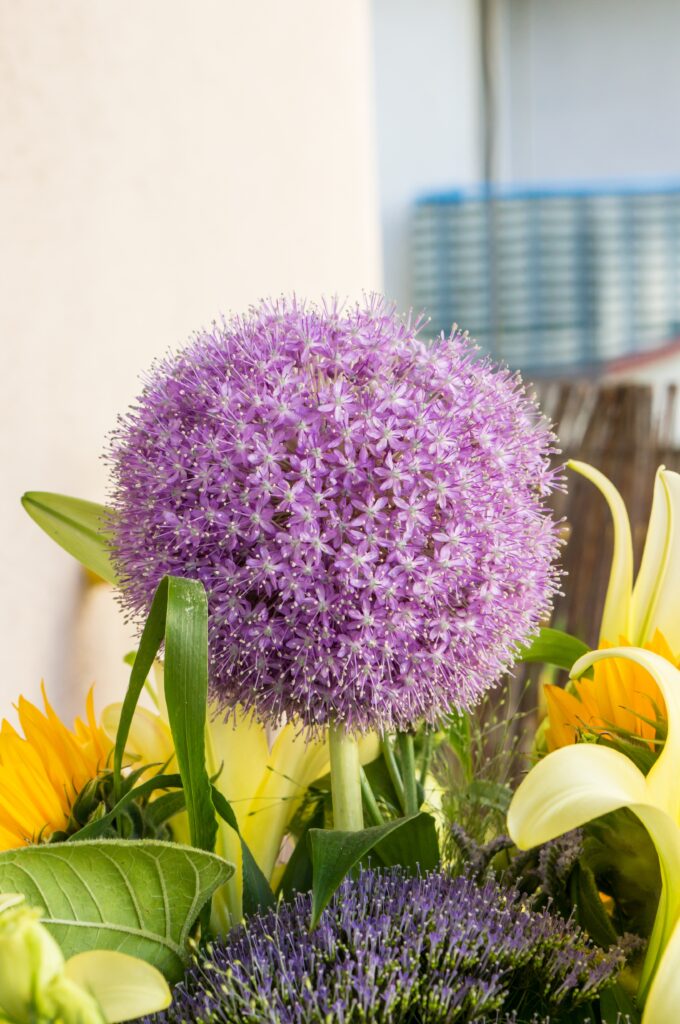
No, Allium hair is not edible. Allium hair, also known as roots or fibrous roots, are part of the root system of plants in the Allium genus, which includes onions, garlic, and leeks.). While some parts of Allium plants are edible, such as the bulbs, leaves, and sometimes flowers, the roots are typically not consumed due to their fibrous and tough nature.).
Allium plants, which include onions, garlic, leeks, and chives, have various edible parts, such as bulbs, leaves, stems, and flowers, depending on the species.). However, the roots, also known as fibrous roots or hair roots, are generally not consumed as they are tough, fibrous, and not particularly flavorful compared to other parts of the plant.). These roots primarily serve to anchor the plant in the soil and absorb water and nutrients. While not typically consumed directly, they do contribute to the overall health and growth of the plant.).
Alliums belong to the Allium genus, which is part of the Amaryllidaceae family. These plants are known for their distinctive aroma and flavor, attributed to sulfur-containing compounds like allicin.). Here’s a deeper look:
Edible Parts:
Allium plants offer various edible parts:
Bulbs:
The most commonly consumed part, known for its pungent flavor and aroma. Onions, garlic, and shallots are well-known examples.
Leaves:
Often used as herbs, as seen in chives and green onions.
Stems:
In some varieties, like leeks, the tender white and light green parts of the stem are edible.).
Flowers:
In some cultures, Allium flowers are edible and used as garnishes or in salads.).
Cultural Importance: Alliums have been cultivated for thousands of years and have significant cultural and culinary importance worldwide.). They are used in a wide range of cuisines, adding flavor and aroma to dishes.).
Health Benefits:
Alliums are not only flavorful but also offer health benefits. They contain compounds with antioxidant and antimicrobial properties, potentially offering protection against certain diseases.).
Botanical Structure:
Allium plants typically have a bulbous structure, with roots extending from the bulb into the soil.). The roots serve to anchor the plant and absorb water and nutrients from the soil. While the roots are essential for the plant’s health, they are not typically consumed due to their fibrous and tough texture.).
Culinary Uses:
Alliums are versatile in the kitchen and can be used in various forms, including raw, cooked, dried, or powdered.). They form the base of many savory dishes, adding depth and complexity to recipes.).
Overall, Allium plants are not only culinary staples but also fascinating botanical specimens with a rich history of cultivation and culinary use.).